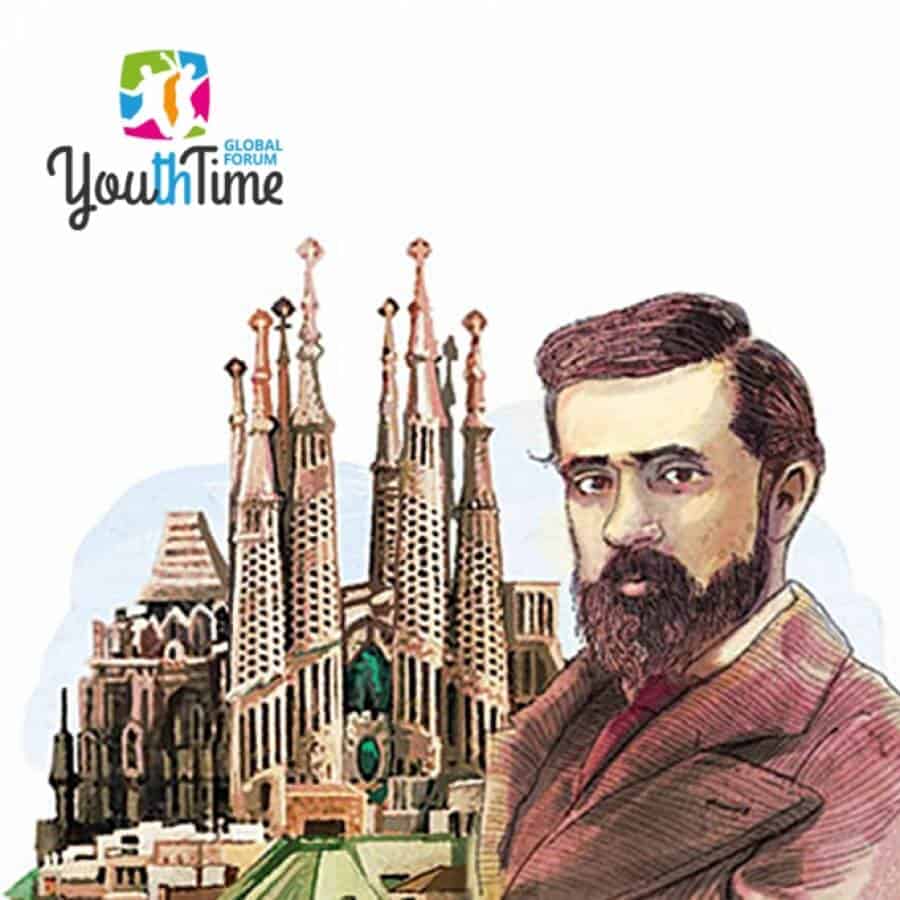This year the Youth Time Global Forum will take place in one of the most exciting cities in Europe – beautiful Barcelona! Here are seven interesting things you might not know about it, but need to find out before going there.
The founding origins of the city are still unclear.
As is the case with every old city in Europe, there are conflicting legends describing Barcelona’s founding and the origin of its name, which makes the city uniquely mysterious and interesting. According to the one of them, Barcelona was established by Hercules some 400 years before the building of Rome. The other legend holds that the Carthaginian Hamilcar Barca, father of Hannibal, came to the Iberian peninsula in the 2nd or 3rd (depending on the source) century BC and started the first settlement in this area. Barcino was the largest known Roman town outside of Rome. This story also reveals the origin of the name Barcelona but there are still disputes as to which story is actually true. The city was extensively rebuilt during the Gothic and Modern periods, and the remains from ancient times are long gone, which makes it harder to find the answer to the question: Hercules or Barca?
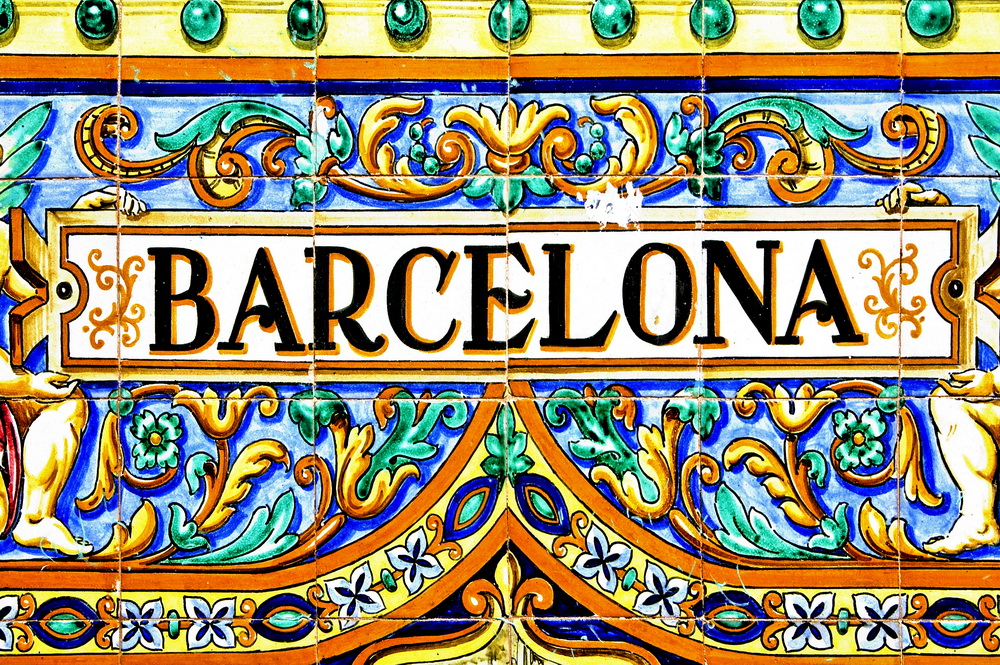
In 1999 Barcelona became the first city to win a RIBA Royal Gold Medal for architecture.
The Royal Gold Medal for architecture is an award given by the Royal Institute of British Architects. The award dates from 1848 and recognizes an individual’s or group’s substantial contribution to international architecture. Its winners have included some of the most influential architects, engineers, theoreticians, archeologists and painters, but Barcelona is the first and so far the only city to have received this prestigious award.
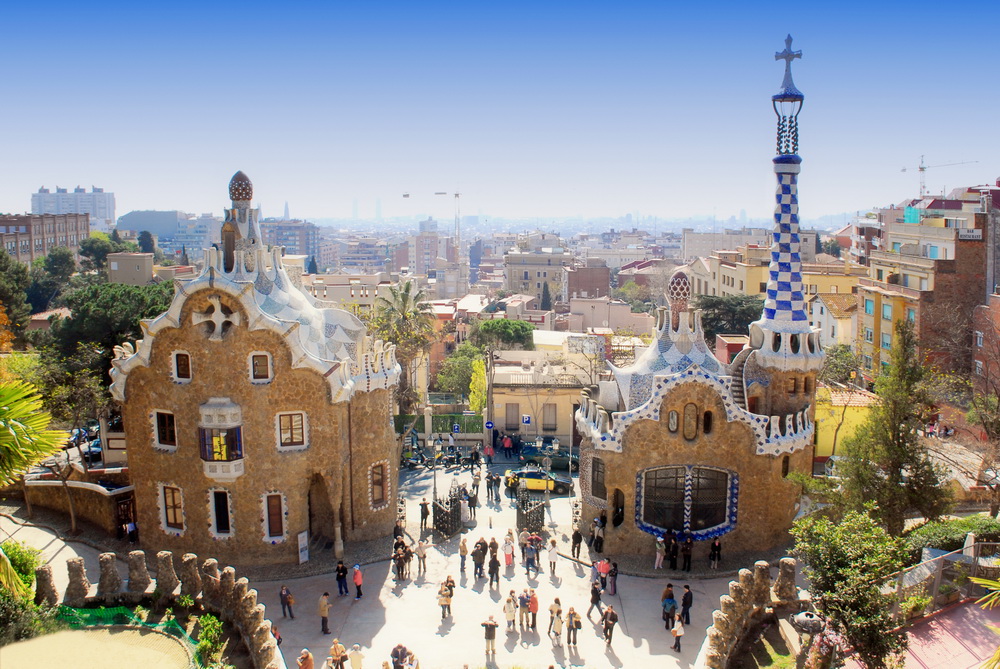
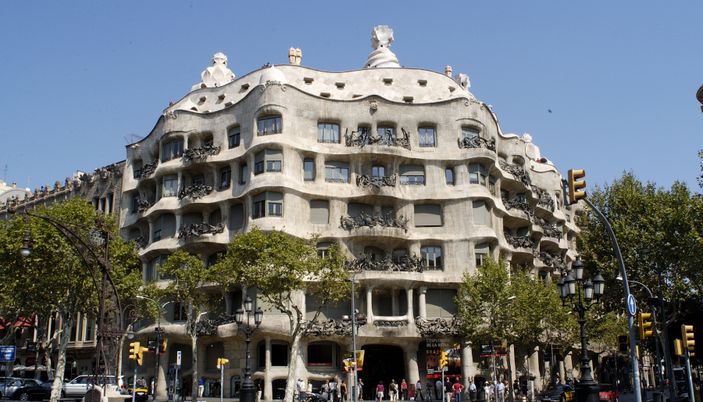
Gaudí was not the original architect of Sagrada Familia.
Even those who are not familiar with art and architecture can probably connect the name Antoni Gaudi with Barcelona’s symbol, the Sagrada Familia basilica. But in fact he was not the first architect to work on this grandiose project. The architect Francisco de Paula del Villar was actually the first one who was commissioned to design a new church on this spot. Construction of the crypt began in 1882, based on Villar’s design. A year later Gaudí started to work on the project. Fortuitously, some months after that Villar retired, and Gaudí took over the construction and radically changed the original design. A further interesting fact is that Sagrada Familia has taken longer to build than the great Pyramid of Giza in Egypt. Construction of the pyramid took around 20 years with ancient tools, and the basilica around 125 years so far, and it’s still not over!
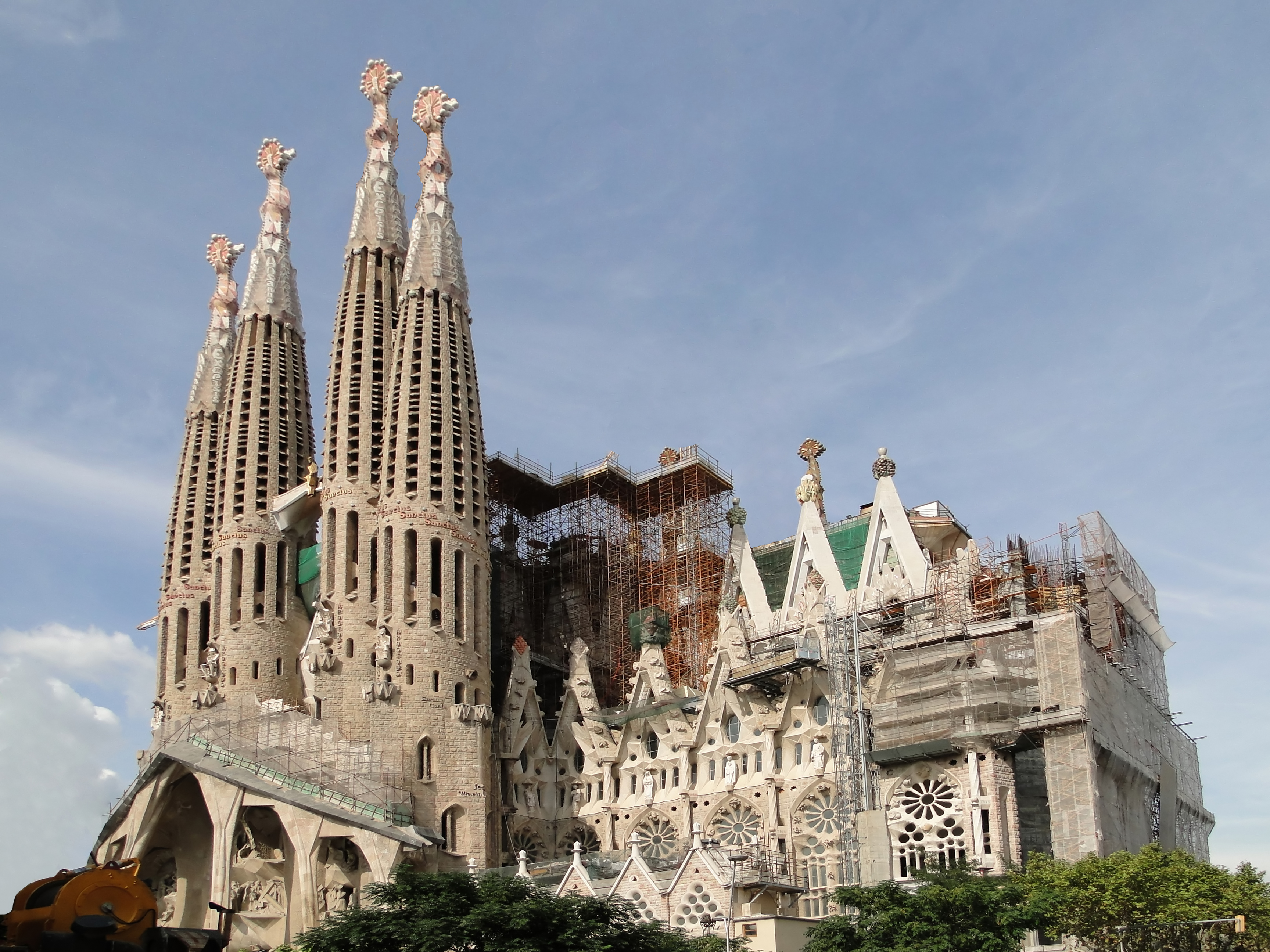
La Rambla is not just one street, but five.
One of the city’s busiest streets, two kilometer long La Rambla, with its average 150 000 visitors a day, is not just one street as many people believe. This street actually consists of five separate avenues (ramblas) flowing smoothly into each other. The first, Rambla de Canaletes, is the site of the Font de Canaletes, a fountain. The second is Rambla dels Estudis, or the place of an open-air market for caged birds and other small pets, which doesn’t exist anymore. The next one that follows is Rambla de Sant Josep, with an open-air flower market, then Rambla dels Caputxins – Liceu Opera House, and the last one is Rambla de Santa Mònica, an art center.
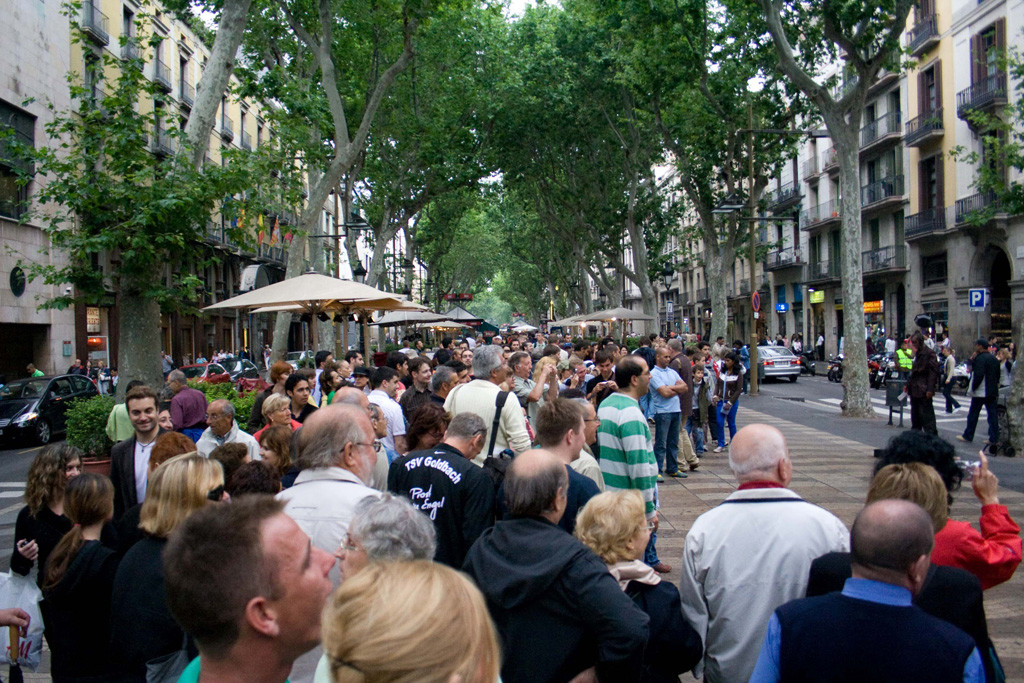
There’s something interesting about Barceloneta.
This amazing city also has famous beaches, which have been recognized many times as the best urban beaches in the World by the National Geographic and the Discovery Channel. But these seven beaches, with a 4.5 km coastline, were not used until 1992! The seaside of Barcelona was crowded with local industries, many of them sources of pollution, until the authorities decided to host the Olympic Games and reconstruct the area.
Books and Roses go together.
Barcelona actually has one really unique holiday – Saint Jordi Day, which many describe as a Catalan-style Valentine’s Day. According to the legend, on this day Saint Jordi killed the dragon of Montblanc before it ate a beautiful princess. Since this was always seen as a romantic act, Saint Jordi Day came to be celebrated as a romantic holiday. The holiday is also famous as the Day of the Rose or Book Day, and there is an interesting reason for that. Usually, a man gives a rose to a woman as a sign of love, and the woman gives a book in return as a sign of eternal devotion. Therefore, on this day Barcelona becomes one huge rose and book market. Inspired by this custom, UNESCO has declared the 23rd of April as the International Day of Books.
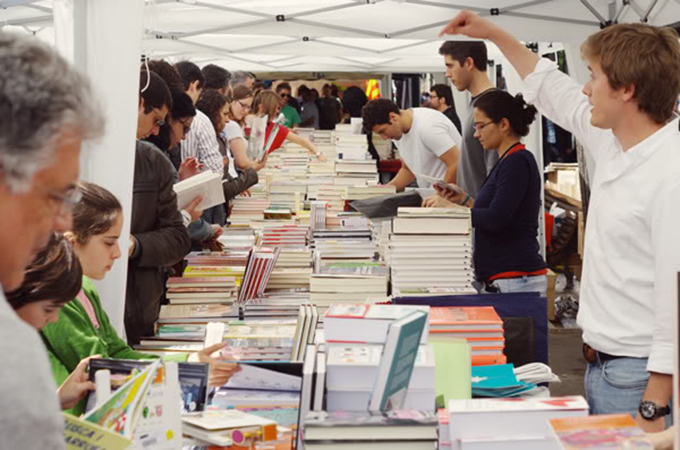
Have you heard about the human towers?
Fiestas de la Mercè is one of the craziest and most interesting festivals in Barcelona. It has taken place on the 24th of September every year since 1871, when it was officially declared as a city holiday. The origins of the tradition of building human towers are found in the small town of Valls, about 40 km west of Barcelona, where individual groups (colles) started to compete, so not only the human buildings were invented, but also a sort of athletic competition. A tower always consists of three parts. The base is the so-called “Pinya”, a relatively large ring, onto which the weight of the load above is distributed, and which stabilizes the structure. The ring also breaks the fall of the castellers, when the tower falls apart. On top of this, the actual tower is built. Every tower has several levels with a specific number of people. Depending on the number and distribution of the people – up to nine in a ring – each castell has a name of its own. Only kids can climb to the top of the tower because of their low weight. They form the so called “pom de dalt” or the tower dome.
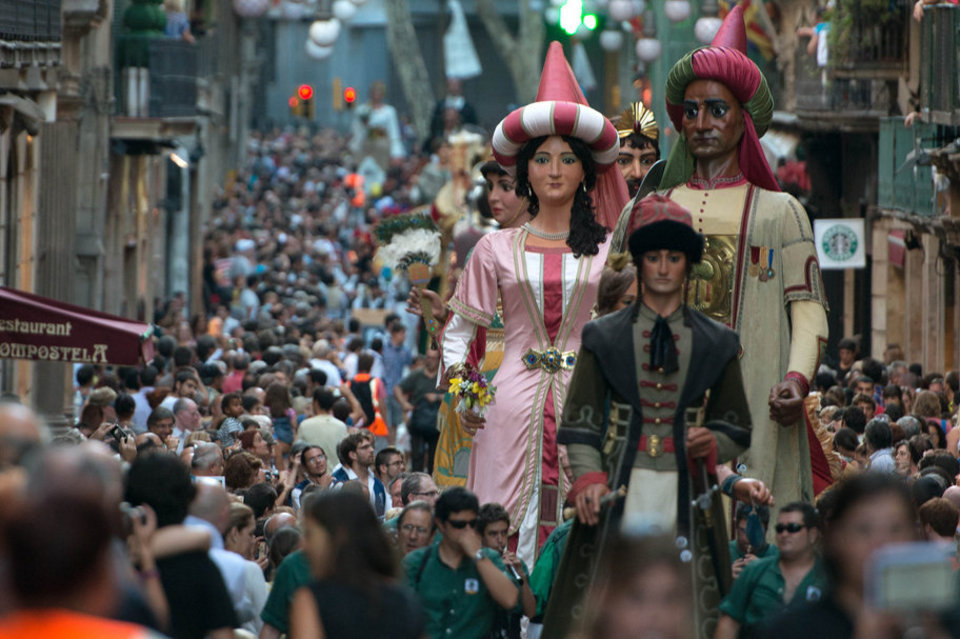
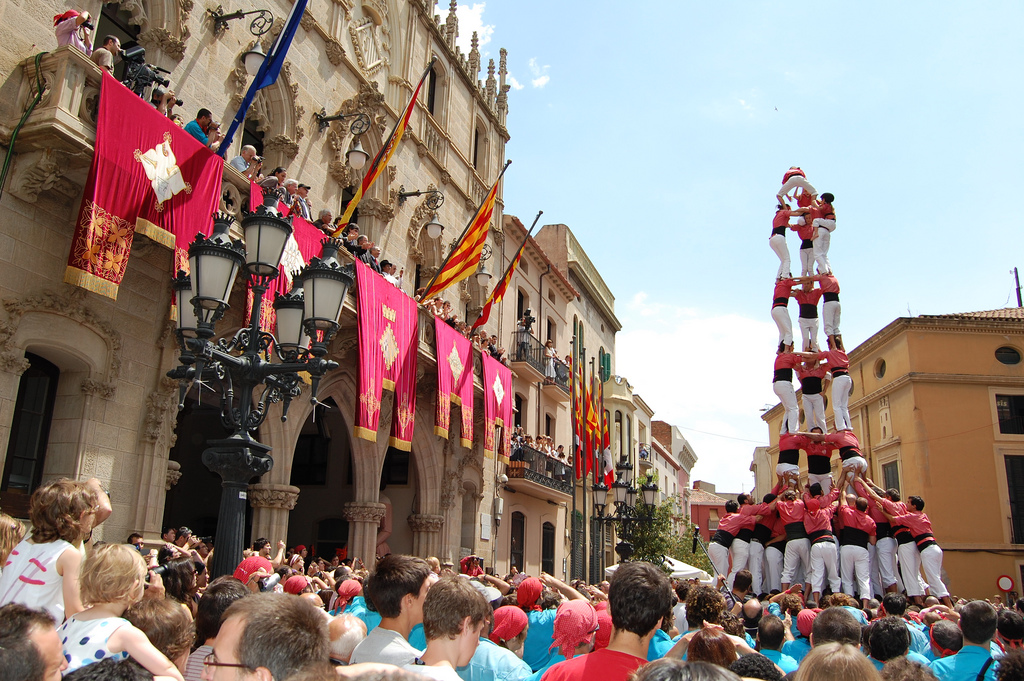
There are just 6 days left to apply for the Youth Time Global Forum 2015 (28-31 October, Barcelona). Hurry up to fill out application forms (participant or project presenter) and to send it to us.
Find out what projects Youth Time is looking for this year and how to write a good project proposal. Check out also our 5 tips how to apply successfully.
Support us!
All your donations will be used to pay the magazine’s journalists and to support the ongoing costs of maintaining the site.
Share this post
Interested in co-operating with us?
We are open to co-operation from writers and businesses alike. You can reach us on our email at [email protected]/[email protected] and we will get back to you as quick as we can.
